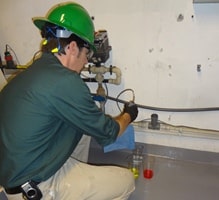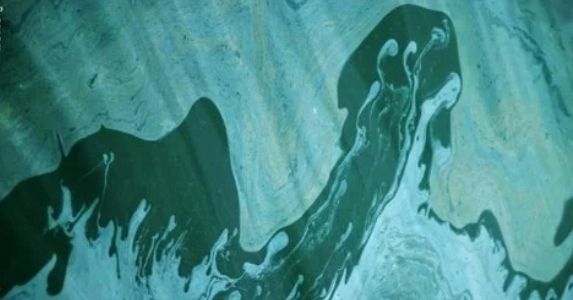Storm Water Sampling: Why Mid-Year is the Best Time to Test
All organizations that operate industrial storm water systems have sampling requirements that are dependent on their category within the Multi-Sector General Permit (MSGP). The MSGP, which is regulated through the EPA’s National Pollutant Discharge Elimination System (NPDES) program, requires that organizations have a Stormwater Pollution Prevention Plan or SWPPP. It is in the SWPPP that the parameters and requirements for storm water sampling are set.
program, requires that organizations have a Stormwater Pollution Prevention Plan or SWPPP. It is in the SWPPP that the parameters and requirements for storm water sampling are set.
Typically, storm water systems need to be tested for the following:
- Total Suspended Solids (TSS)
- Fats, Oils, and Grease (FOG)
- Total Dissolved Solids (TDS)
- pH
- Metals
Since storm water sampling is required by the EPA, failure to meet sampling requirements can results in citations and regulatory fines of up to $10,000 per day per violation. If your facility is a large quantity generator (LQG), failing to comply with sampling requirements could also lead to an entire facility inspection from an EPA inspector.
Now that it’s clear that storm water sampling is imperative for ensuring facility compliance and safety, it is important to understand how to optimize sampling. There are regional climate and weather variables that impact when to test; however, the Spring is generally the best time to conduct wastewater sampling for the following reasons:
1. Takes advantage of seasonal climate to best meet requirements.
Sampling in the Spring allows for storm water operators to capitalize on rain events to meet EPA requirements. The NPDES program requires that, in order for you to sample, there needs to be a rain event (with accumulation greater than .10 inches of water) that has been preceded by a 72-hour period of dry weather. In the Northeast and Mid-Atlantic, ideal sampling may occur between April and June; while in the Southeast, it may be best to sample in June and July. As the seasons change from Spring, to Summer, to Fall, the window for meeting NPDES requirements shrinks, so make sure you capitalize on the best opportunity for sampling in the Spring.
2. Allows for proactive scheduling of sampling, maintenance, and reporting.
Choosing to sample during the middle of the calendar year allows for ample time for the scheduling of sampling, coordination of any required maintenance or improvements, and preparation of year end reports. Waiting until later in the year drastically shortens the window for system improvements and reporting. Being proactive about sampling ensures that you can budget appropriately for improvements, and easily meet any year end reporting requirements.
3. Provides proper representation at time of sampling.
Spring testing delivers proper representation of storm water sampling because it occurs as close to the effluent as possible. Before actually sampling, though, complete a site inspection to identify avoidable pollutants and correct them. Catch basins accumulate high levels of sludge after the winter, especially in the Northeast, when snow banks melt and additional sediment and materials that were plowed into them – sand, salt, and road-treating chemicals, for instance – have the chance to flush through and be collected by catch basins.
Sampling storm water in the Spring will help ensure facility compliance; however, storm water and wastewater systems aren’t the only facility equipment and systems that need proactive sampling, inspection, and maintenance.





